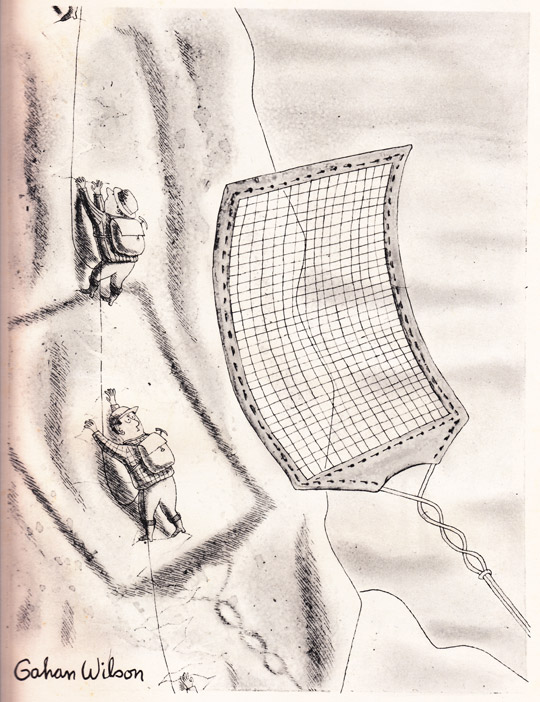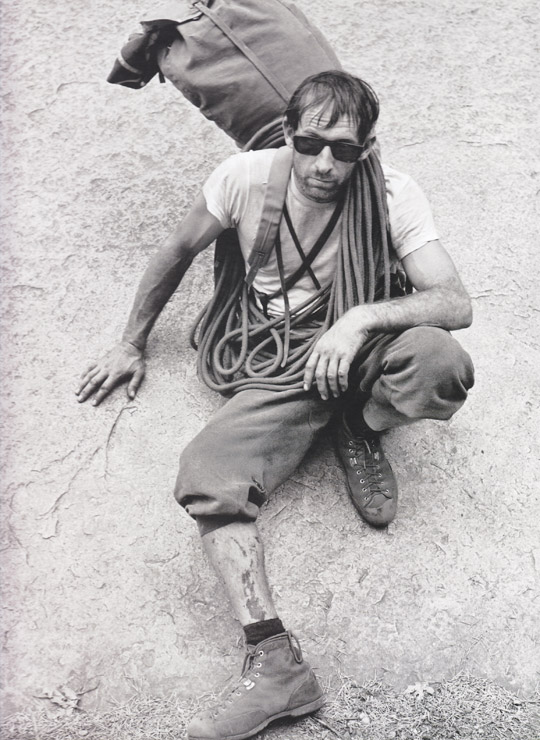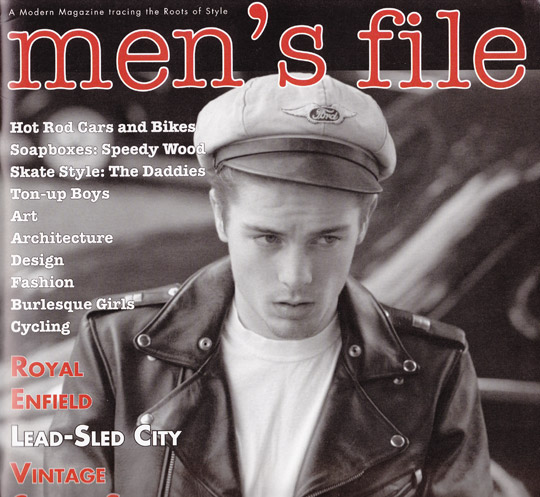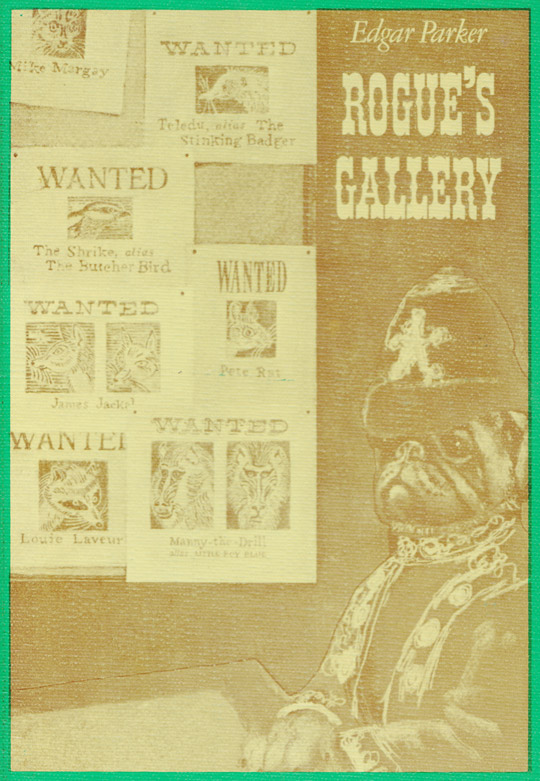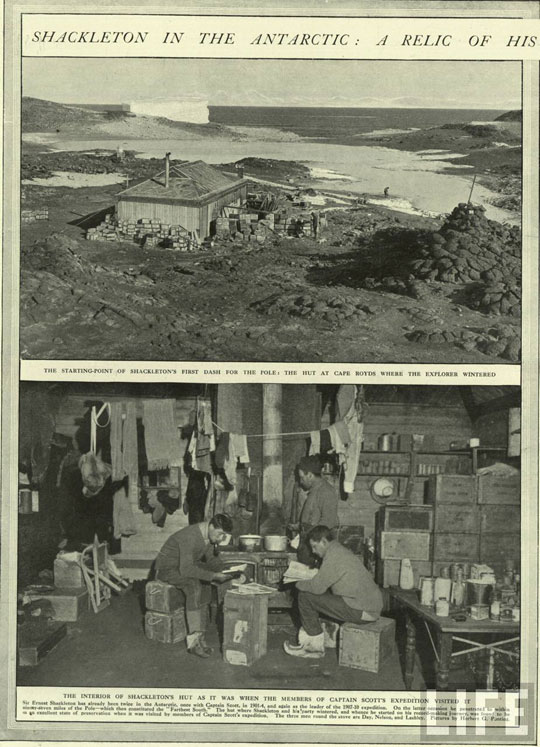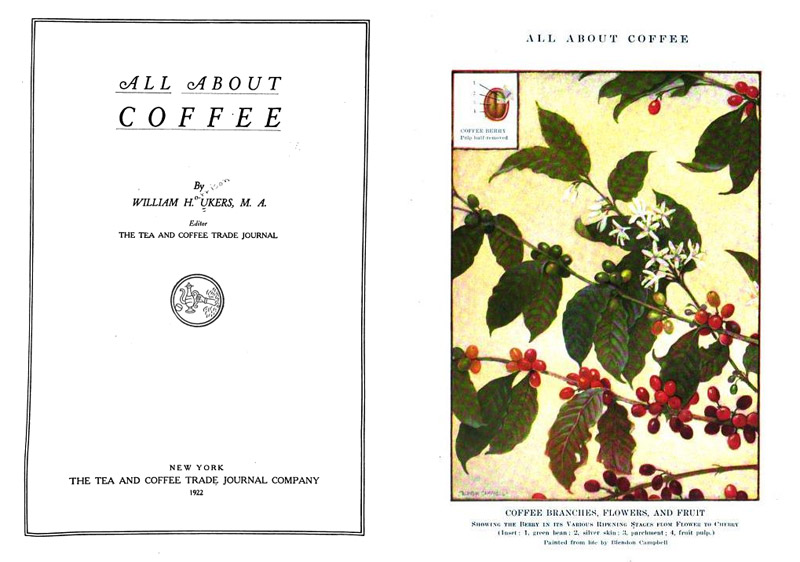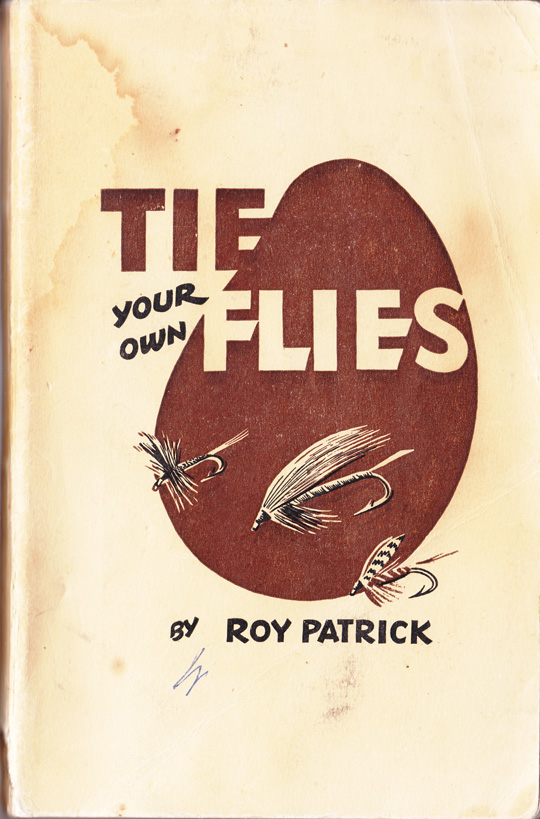This post will be mostly safe for work. From an earlier post for reference – I had forgotten I had it until this weekend when I attempted to organize a few stacks of books I had lying around. Not all of the comics in the book are adult themed, and many focus on current events of the time and general life troubles. And after going through it again, I was surprised to learn that Shel Silverstein worked for Playboy quite a bit during his career.
Category: Books (page 4 of 6)

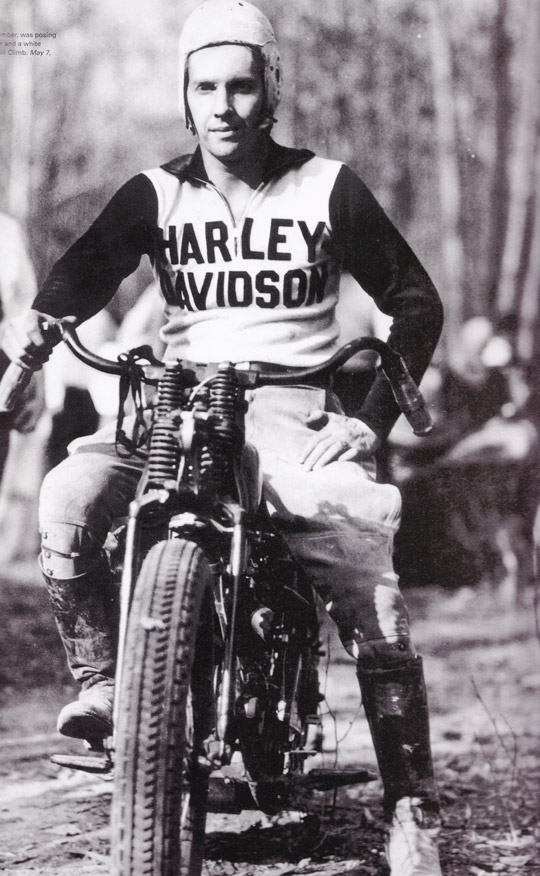
Above: Images from Harley-Davidson, Books of Fashions 1910s-1950s by Rin Tanaka.
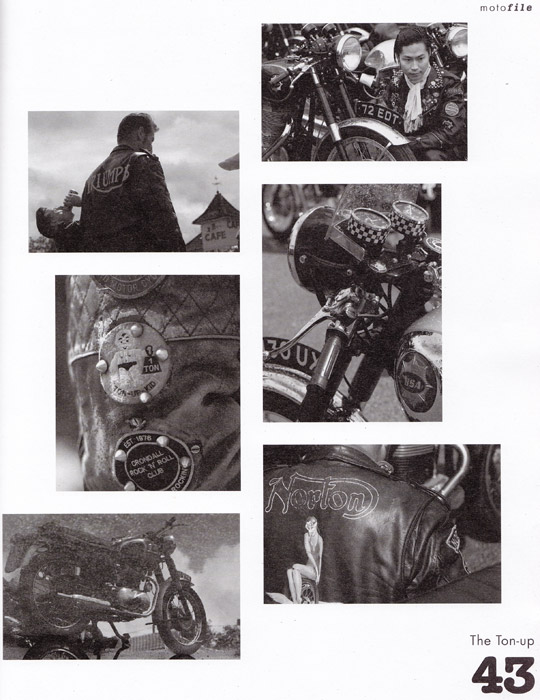
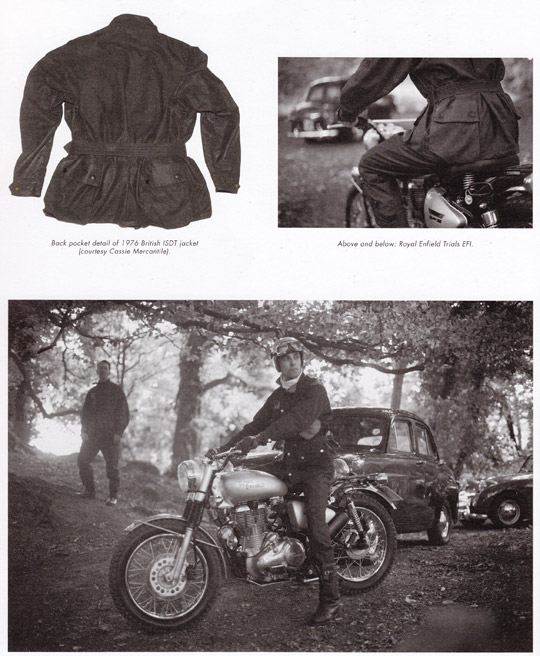
Above: Images from Men’s File, Issue 2.
This is the magazine that you’ve always wanted. Read more about it on mensfile.com.
Available at Self Edge (where my copies were purchased) and Oi Polloi.
Thanks to Bill for pointing me to this preorder listing for Take Ivy on Amazon, which looks to be a reissue of the rare book. The details are still sparse, but if true it’s about time! (now suddenly watch the insane resale market for old copies plummet)
It’s also interesting to note that the listing has English for the language. Maybe it will be a translated version?
# Hardcover: 142 pages
# Publisher: pH Books (August 31, 2010)
# Language: English
# ISBN-10: 1576875504
# ISBN-13: 978-1576875506
Update: This is the real deal. The publisher is powerHouse Books and there will be a full English translation. Read more on powerhousebooks.com.
Take Ivy is now considered a definitive document of this particular style, and rare original copies are highly sought after by “trad” devotees worldwide. A small-run reprint came out in Japan in 2006 and sold out almost immediately. Now, for the first time ever, powerHouse is reviving this classic tome with an all-new English translation. Ivy style has never been more popular, in Japan or stateside, proving its timeless and transcendent appeal. Take Ivy has survived the decades and is an essential object for anyone interested in the history or future of fashion.

Take Ivy cover scan via The Trad.
Not that Rogues Gallery, though the name did catch my eye when I was skimming through shelves at one of my local used bookstores this weekend. Published in 1969 by Edgar Parker, the children’s book has some fun illustrations that I couldn’t pass up.
It was recently reported that a team sponsored by Whyte & Mackay had recovered several cases of whisky left behind by Shackleton and his crew in Antarctica (they will apparently try to recreate the particular batch found). The fascinating story led me to spend part of this last week reading Shackleton’s book on his retelling of the failed expedition.

Interestingly there is no mention of the whisky in it, and there are only a few references to other types of alcohol which only seemed to be used rarely for toasts, holidays, and cooking.
From a section where he is describing part of the cabin at Cape Royds (where the cases were found):
My room contained the bulk of our library, the chronometers, the chronometer watches, barograph, and the electric recording thermometer; there was ample room for a table and the whole made a most comfortable cabin. On the roof we stowed those of our scientific instruments which were not in use such as theodolites, spare thermometers, dip circles, &c. The gradual accumulation of weight produced a distinct sag in the roof, which sometimes seemed to threaten collapse as I sat inside, but no notice was taken and nothing happened. On the roof of the dark room we stowed all our photographic gear and our few cases of wine, which were only drawn upon on special occasions such as Mid winter Day. pg. 85
Maybe the wine above was the whisky? Earlier he also describes a situation where brandy is fed to one of the ponies named Chinaman, who had fallen in ice cold water:
Mackay started to try and get the pony Chinaman across the crack when it was only about six inches wide, but the animal suddenly took fright, reared up on his hind legs, and backing towards the edge of the floe, which had at that moment opened to a width of a few feet, fell bodily into the ice cold water. It looked as if it was all over with poor Chinaman, but Mackay hung on to the head rope, and Davis, Mawson, Michell and one of the sailors who were on the ice close by rushed to his assistance. The pony managed to get his fore feet on to the edge of the ice-floe. After great difficulty a rope sling was passed underneath him, and then by tremendous exertion he was lifted up far enough to enable him to scramble on to the ice. There he stood, wet and trembling in every limb. A few seconds later the floe closed up against the other one. It was providential that it had not done so during the time that the pony was in the water, for in that case the animal would inevitably have been squeezed to death between the two huge masses of ice. A bottle of brandy was thrown on to the ice from the ship, and half its contents were poured down Chinaman’s throat. pg. 63
Chinaman ended up being the weakest of the horses and was the first to be killed for food:
It can be imagined that the cook for the week had no easy task. His work became more difficult still when we were using ponymeat, for the meat and blood, when boiled up, made a delightful broth, while the fragments of meat sunk to the bottom of the pot. The liquor was much the better part of the dish, and no one had much relish for the little dice of tough and stringy meat, so the cook had to be very careful indeed. Poor old Chinaman was particularly tough and stringy horse. pg. 230
In those days, explorers used animals brought along as transportation and when needed, as a source of food. Shackleton describes this process in detail on pg. 168 if you’re curious.
For the coffee snobs, here is a remarkable book on the subject of the drink written in 1922. Topics include its history in different regions from the time, coffee preparation and techniques, chemistry, and industry information. Despite its age, much of the knowledge is still current.
Civilization in its onward march has produced only three important non-alcoholic beverages — the extract of the tea plant, the extract of the cocoa bean, and the extract of the coffee bean.
Leaves and beans — these are the vegetable sources of the world’s favorite nonalcoholic table-beverages. Of the two, the tea leaves lead in total amount consumed; the coffee beans are second; and the cocoa beans are a distant third, although advancing steadily. But in international commerce the coffee beans occupy a far more important position than either of the others, being imported into non-producing countries to twice the extent of the tea leaves. All three enjoy a world-wide consumption, although not to the same extent in every nation; but where either the coffee bean or the tea leaf has established itself in a given country, the other gets comparatively little attention, and usually has great difficulty in making any advance. The cocoa bean, on the other hand, has not risen to the position of popular favorite in any important consuming country, and so has not aroused the serious opposition of its two rivals.
Coffee is universal in its appeal. All nations do it homage. It has become recognized as a human necessity. It is no longer a luxury or an indulgence; it is a corollary of human energy and human efficiency. People love coffee because of its two-fold effect — the pleasurable sensation and the increased efficiency it produces.
Published in 1966, this book was sold to my father at Patrick’s Fly Shop in Seattle for $3.95. He learned all he needed to know about fly tying from it, and 30 years later I picked it up and did the same exact thing. Hopefully in 30 years the book will still be in usable enough condition for my sons to learn from it as well.
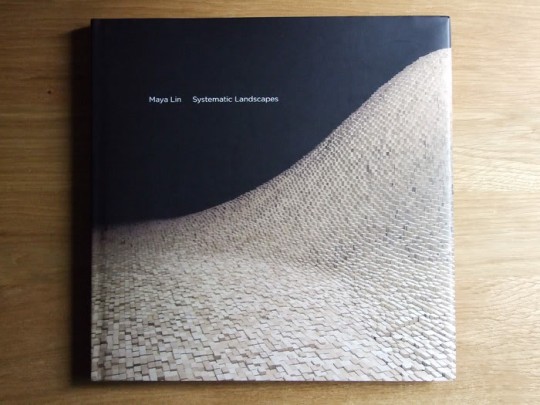
From the Henry Art Gallery’s exhibition page:
Maya Lin: Systematic Landscapes was an exploration of landscape, in which the artist translated existing natural formations into a series of wall-mounted sculptures and large-scale installations. In all of these works there is a constant rethinking of what a landscape is and how we see and relate to it. Lin’s work was installed in three of the Henry’s galleries and afforded viewers different relationships to or perspectives of landscape. The works ranged in scale from a 2,500 square foot 2×4 Landscape, and the room-sized installations Blue Lake Pass and Water Line to a number of smaller sculptures and drawings exploring aspects of real and imagined landscapes and bodies of water. This exhibition also provided the first museum presentation of the models and drawings for Lin’s Confluence Project.
